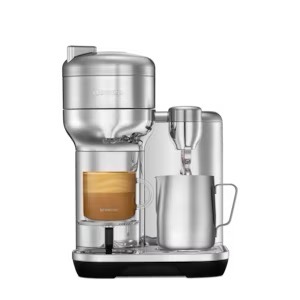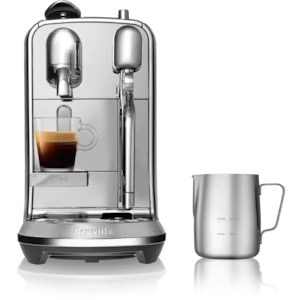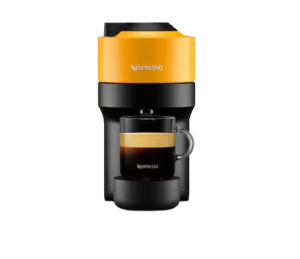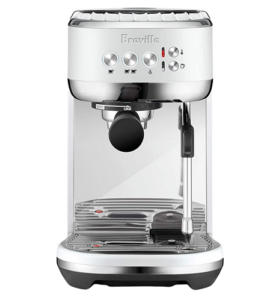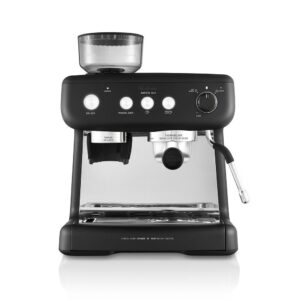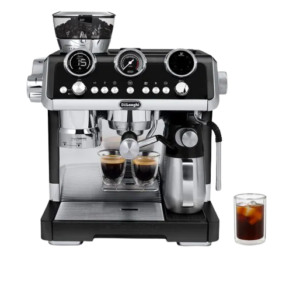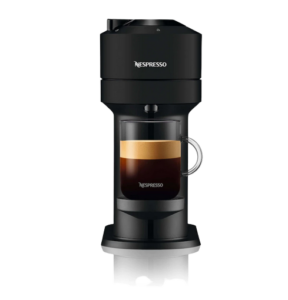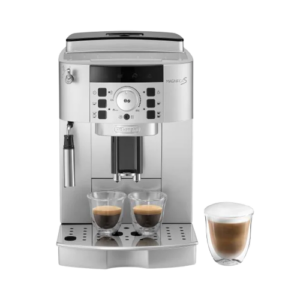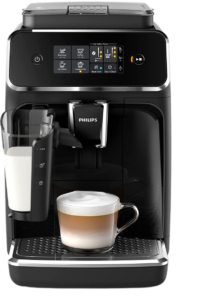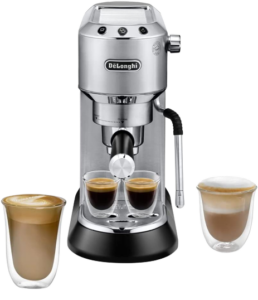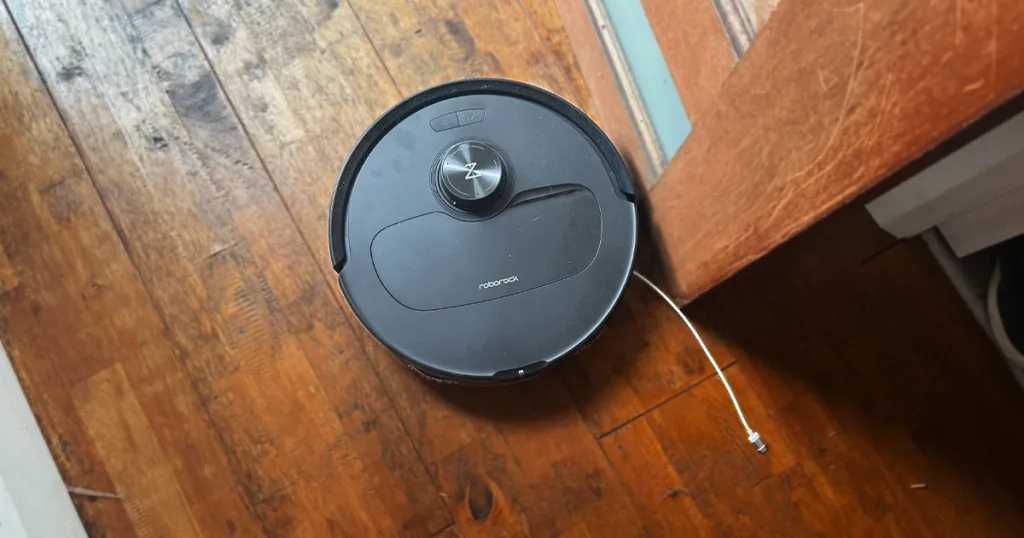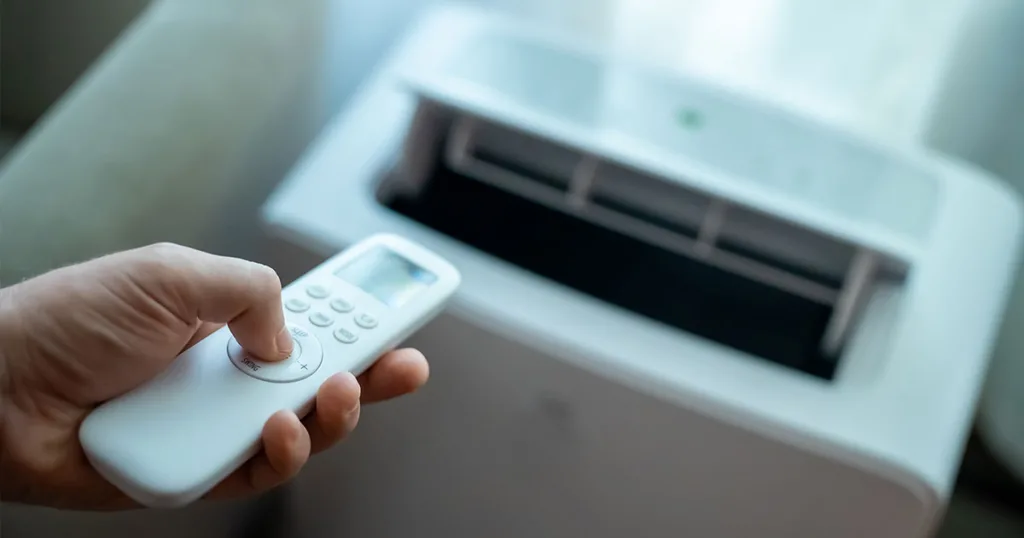Last, but certainly amongst the most important is coffee choice. You could have the best coffee machine in the world, but if you’re stuck using garbage coffee then it isn’t worth it.
If you’re opting for an espresso or filter machine then you’ll have all the possible choices. Pretty much every coffee shop sells beans and most of them will happily grind them for you as well if you choose to go without an integrated grinder. When coffee choice becomes more of an issue is with pod coffee machines.
Many pod coffee machines have the typical Nespresso-sized capsules. Due to Nespresso’s dominance and this capsule’s prevalence, they also have the widest range of coffee options. You can even get reusable ones and pack your own ground coffee into them. However there are still some coffee machines out there with bespoke pod shapes which can really limit you.
Nespresso is, funnily enough, another example here. The coffee giant released their new Vertuo range which is said to brew better coffee. The machine reads the pods and changes brew time and water temperature automatically to create the best version of that coffee. Sounds great on paper, but it also means you’re stuck with only those coffee pods since the design is proprietary. For Nespresso loyalists this works just fine, but if you’re after a larger selection of coffee stay away from unique pod shapes like Vertuo, and Aldi.





